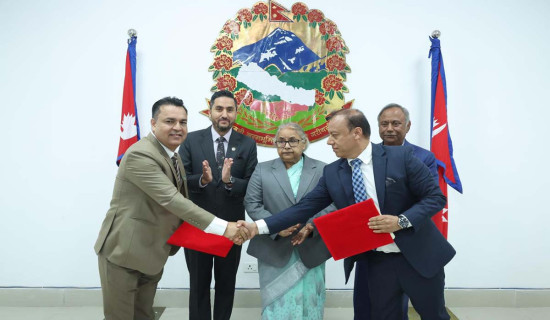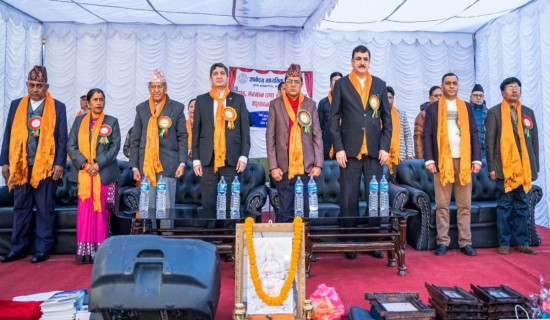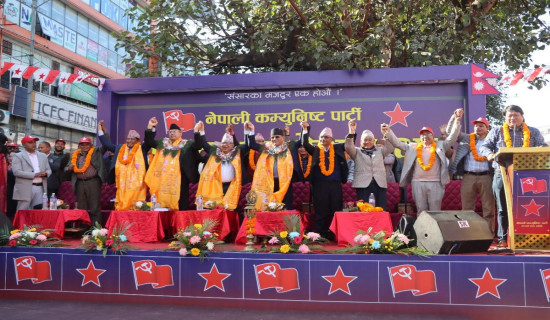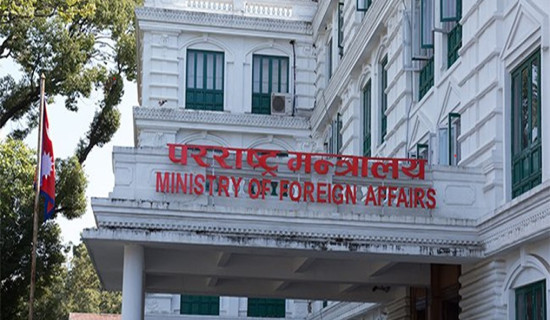- Monday, 1 December 2025
Tourists flock to Antu, other destinations in Ilam
By Kokila Dhakal
Ilam, Oct. 27: With the beginning of the month of Kartik (mid-October), Antu — a popular tourist destination in Ilam —is teeming with visitors. This season is considered the best time to observe the sunrise. As the skies have cleared, crowds of tourists have flocked to Antu. Sunday morning alone, around 2,000 visitors watched the sunrise from the Antu Hill.
According to staff at the local ticket counter, approximately 2,000 people enter Antu Hill daily through the ‘ticket system’ managed by the Suryodaya Municipality. Although the number of visitors to the Antu Hill itself is around this number, many others come to explore other attractions in the area.
Local tourism entrepreneurs say that an increasing number of tourists are enjoying boat rides in Antu Pond, visiting tea gardens, birdwatching, observing the lifestyle of the endangered Lepcha community, visiting homestays, and learning about modern agricultural practices.
As the number of visitors has grown, homestays that were previously closed have also resumed operation. “For the coming week, most of the large hotels, cottages, and homestays here are already fully booked,” said Rudra Ghimire, Chairperson of the Shree Antu Tourism Entrepreneurs’ Association.
However, they are also managing accommodation and meals for new visitors who arrive without prior booking.
According to Ghimire, this is not only the busiest time of the year but also of the highest tourist turnout since the COVID-19 pandemic.
Ghimire mentioned that both newly established and previously closed homestays have been brought into operation to accommodate the increasing number of tourists.
“This year, we are seeing new visitors arriving through the influence of social media platforms such as Facebook, Twitter, and WhatsApp,” Ghimire said. “Among them, about 35 per cent are Indian nationals, 5 per cent are from third countries, and the rest are domestic tourists from across Nepal.”
A large number of Indian tourists have arrived in Antu with their own vehicles from Sikkim, Darjeeling, Gangtok, Kolkata, Guwahati, and Assam. Many of them enter Nepal through Kakarbhitta in Jhapa, visit Kanyam and Antu, pay homage to Pathibhara Devi, and return via Pashupatinagar. “Most tourists stay overnight in Antu after visiting Kanyam and Pathibhara, and then return via Pashupatinagar,” Ghimire explained.
“This year, the long Dashain and Tihar holidays have also contributed to the sharp rise in tourist numbers after Tihar,” Ghimire added. He noted that the number of families travelling together this year is also higher than usual.
Although accommodation rates vary between small homestays and large hotels, the cost of food in Antu is almost uniform.
Depending on preference, rooms are available for between Rs. 1,000-Rs. 4,000 per night, and a range of dishes are served according to visitors’ tastes. Local products such as millet, buckwheat, potato, and tea are among the region’s culinary highlights.
Antu can be reached by travelling about 13 km along a blacktopped road from Chiwitar near Fikkal in Suryodaya Municipality. According to the Shree Antu Tourism Entrepreneurs’ Association, there are currently 65 community homestays and 18 hotels and cottages, totalling 83 accommodation facilities. With the recent influx of visitors, around 20 new homestays have also been opened.
As the number of tourists visiting Ilam continues to grow, Suryodaya Municipality has been promoting new destinations. “We are inviting visitors to explore Sano Pathibhara, Kanyam, Antu, Thumke (home of the red panda), Gufa Patal, Buddha Park, and other attractions,” said Mayor Rana
Bahadur Rai.

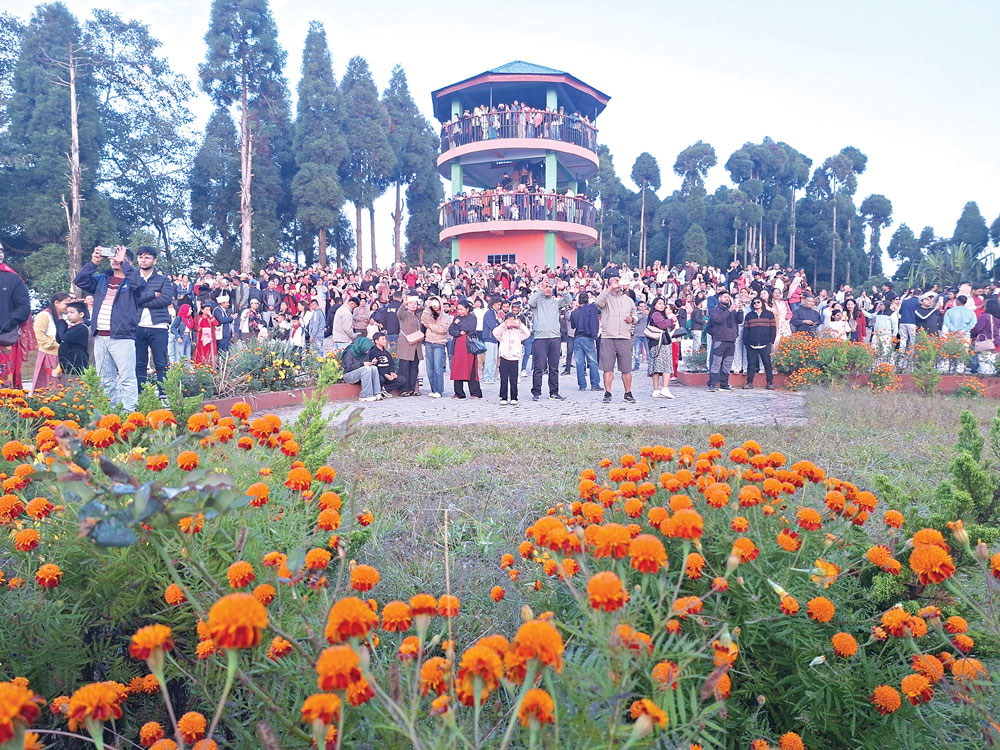
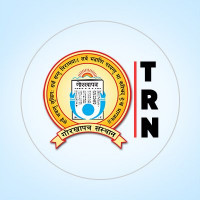
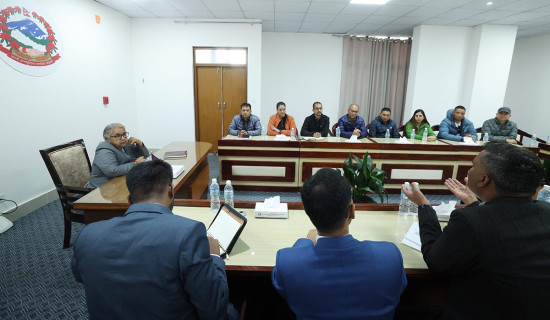
-square-thumb.jpg)

